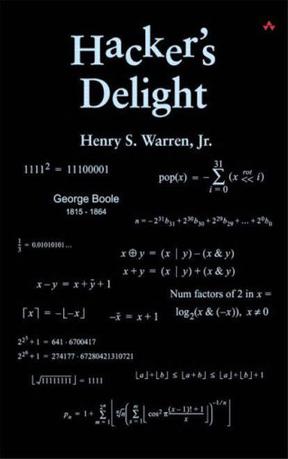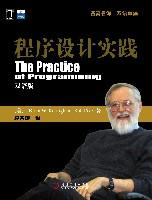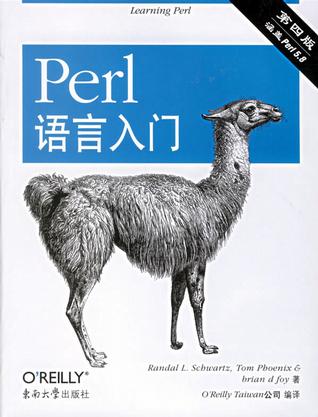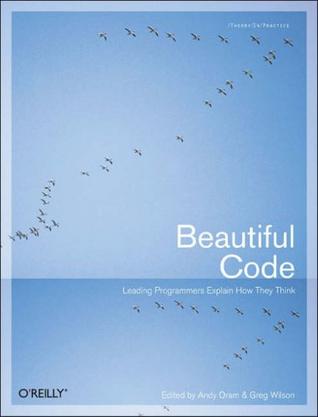-

Programming in Lua, Second Edition
Lua is the language of choice for anyone who needs a scripting language that is simple, efficient, extensible, portable, and free. Currently, Lua is being used in areas ranging from embedded systems to Web development and is widely spread in the game industry, where knowledge of Lua is an indisputable asset. "Programming in Lua" is the official book about the language, giving a solid base for any programmer who wants to use Lua. Authored by Roberto Ierusalimschy, the chief architect of the language, it covers all aspects of Lua 5---from the basics to its API with C---explaining how to make good use of its features and giving numerous code examples. "Programming in Lua" is targeted at people with some programming background, but does not assume any prior knowledge about Lua or other scripting languages. This Second Edition updates the text to Lua 5.1 and brings substantial new material, including numerous new examples, a detailed explanation of the new module system, and two new chapters centered on multiple states and garbage collection. -

Hacker's Delight
A collection useful programming advice the author has collected over the years; small algorithms that make the programmer's task easier. * At long last, proven short-cuts to mastering difficult aspects of computer programming * Learn to program at a more advanced level than is generally taught in schools and training courses, and much more advanced than can be learned through individual study/experience. * An instant cult classic for programmers! Computer programmers are often referred to as hackers -- solitary problem solvers engrossed in a world of code as they seek elegant solutions to building better software. While many view these unique individuals as "madmen," the truth is that much of the computer programmer's job involves a healthy mix of arithmetic and logic. In Hacker's Delight, veteran programmer Hank Warren shares the collected wisdom -- namely tips and tricks -- from his considerable experience in the world of application development. The resulting work is an irresistible collection that will help even the most seasoned programmers better their craft. Henry S. Warren Jr. has had a 40-year career with IBM, spanning the computer field from the IBM 704 to PowerPC. He has worked on various military command and control systems, and on the SETL project under Jack Schwartz at NYU. Since 1973 he has been in IBM's Research Division at Yorktown Heights, New York. Here he has done compiler and computer architecture work on the 801 computer and its several variants through PowerPC. Presently he is working on the Blue Gene petaflop computer project. He received his Ph.D. in Computer Science from the Courant Institute at New York University in 1980. -

Text Processing in Python
Text Processing in Python describes techniques for manipulation of text using the Python programming language. At the broadest level, text processing is simply taking textual information and doing something with it. This might be restructuring or reformatting it, extracting smaller bits of information from it, or performing calculations that depend on the text. Text processing is arguably what most programmers spend most of their time doing. Because Python is clear, expressive, and object-oriented it is a perfect language for doing text processing, even better than Perl. As the amount of data everywhere continues to increase, this is more and more of a challenge for programmers. This book is not a tutorial on Python. It has two other goals: helping the programmer get the job done pragmatically and efficiently; and giving the reader an understanding - both theoretically and conceptually - of why what works works and what doesn't work doesn't work. Mertz provides practical pointers and tips that emphasize efficent, flexible, and maintainable approaches to the textprocessing tasks that working programmers face daily. From the Back Cover: Text Processing in Python is an example-driven, hands-on tutorial that carefully teaches programmers how to accomplish numerous text processing tasks using the Python language. Filled with concrete examples, this book provides efficient and effective solutions to specific text processing problems and practical strategies for dealing with all types of text processing challenges. Text Processing in Python begins with an introduction to text processing and contains a quick Python tutorial to get you up to speed. It then delves into essential text processing subject areas, including string operations, regular expressions, parsers and state machines, and Internet tools and techniques. Appendixes cover such important topics as data compression and Unicode. A comprehensive index and plentiful cross-referencing offer easy access to available information. In addition, exercises throughout the book provide readers with further opportunity to hone their skills either on their own or in the classroom. A companion Web site (http://gnosis.cx/TPiP) contains source code and examples from the book. Here is some of what you will find in thie book: * When do I use formal parsers to process structured and semi-structured data? Page 257 * How do I work with full text indexing? Page 199 * What patterns in text can be expressed using regular expressions? Page 204 * How do I find a URL or an email address in text? Page 228 * How do I process a report with a concrete state machine? Page 274 * How do I parse, create, and manipulate internet formats? Page 345 * How do I handle lossless and lossy compression? Page 454 * How do I find codepoints in Unicode? Page 465 -

程序设计实践
从排错、测试、性能、可移植性、设计、界面、风格和记法等方面,讨论了程序设计中实际的、又是非常深刻和具有广泛意义的思想、技术和方法,它的翻译出版将填补国内目前这方面书籍的空白。《程序设计实践》(双语版)值得每个梦想并努力使自己成为优秀程序员的人参考,值得每个计算机专业的学生和计算机工作者阅读,也可作为程序设计高级课程的教材或参考书。 -

Perl语言入门
Learning Perl, Fourth Edition -

Beautiful Code
In this unique work, leading computer scientists discuss how they found unusual, carefully designed solutions to difficult problems. This book lets the reader look over the shoulder of major coding and design experts to see problems through their eyes.